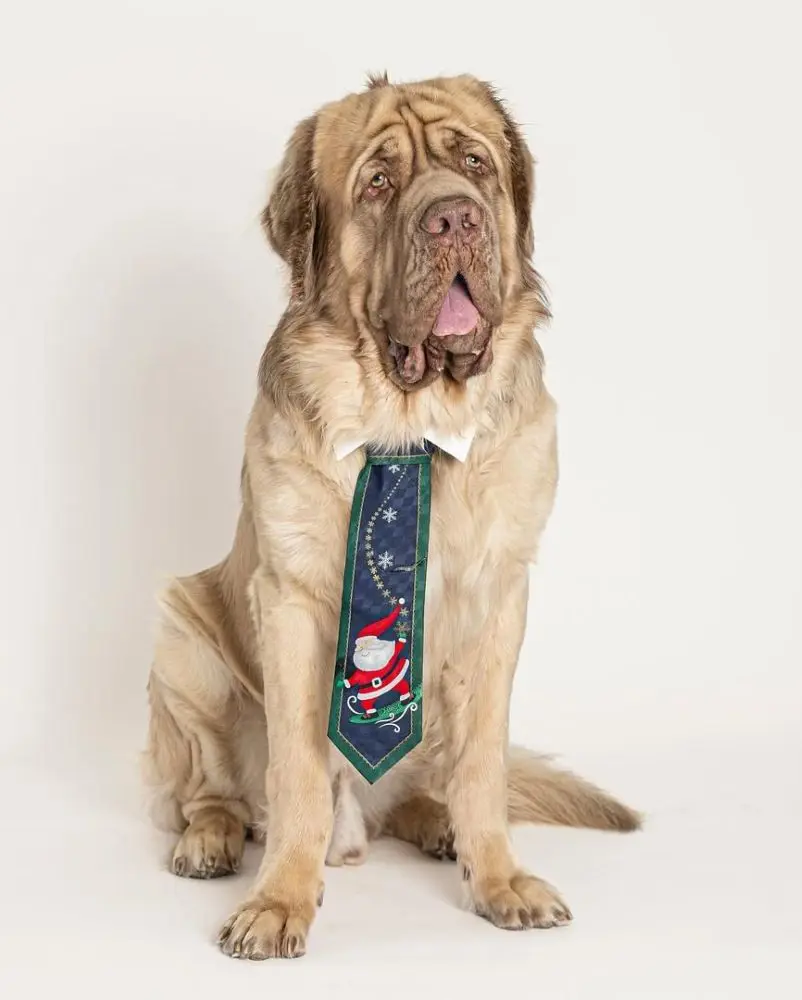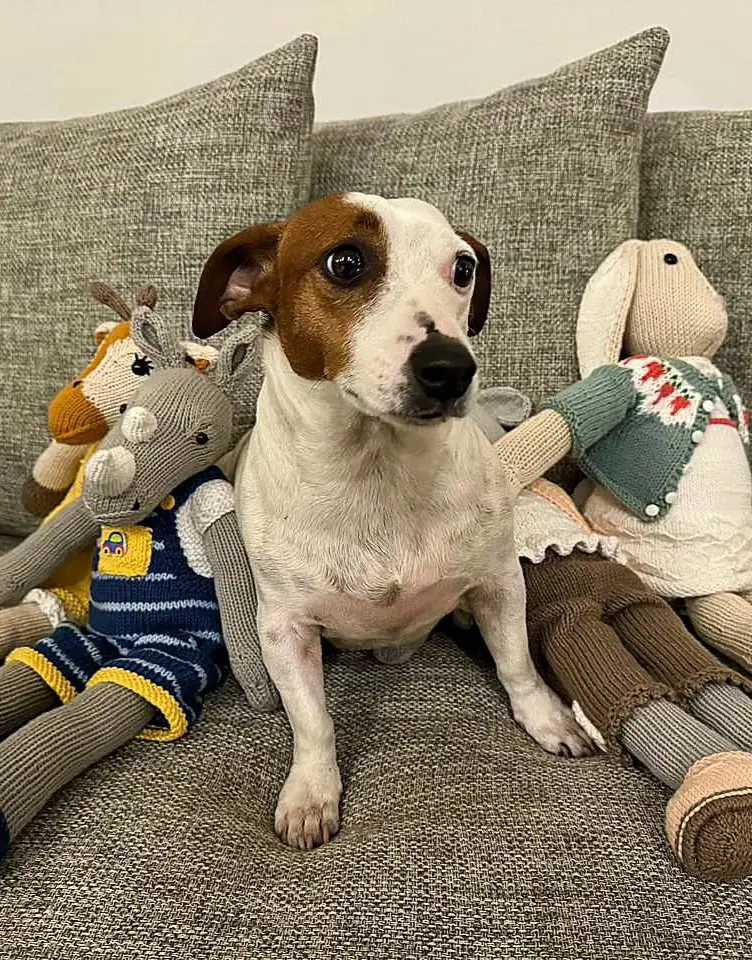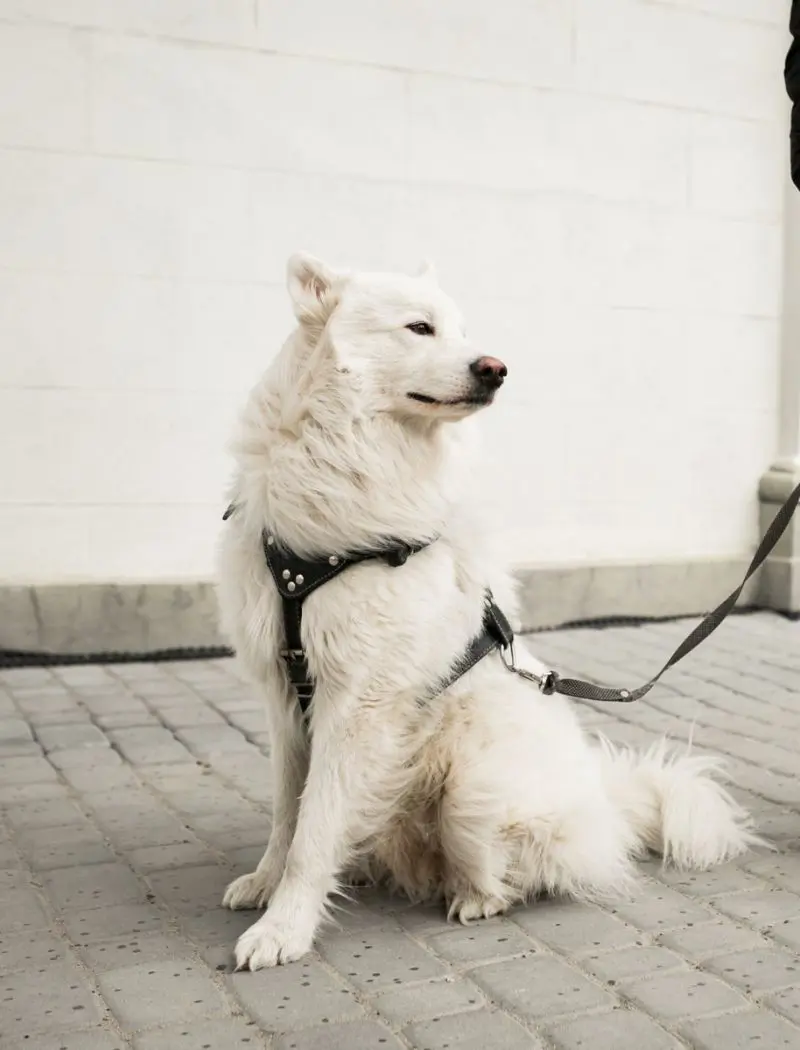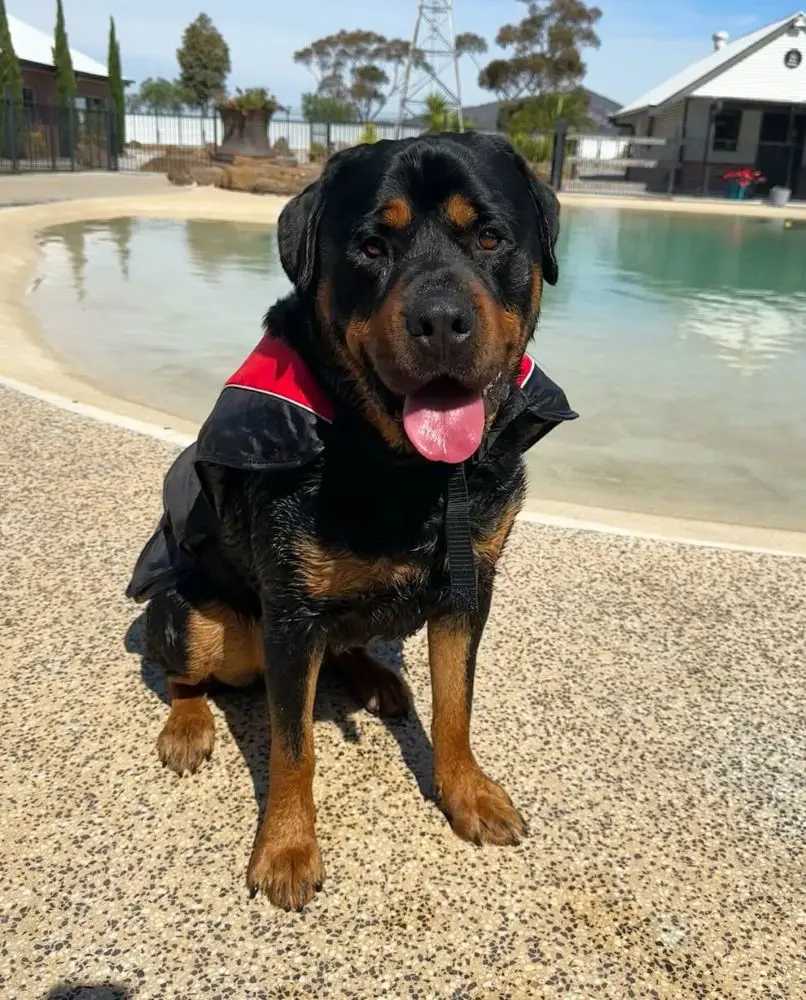15 Reasons On Why Do Dogs Have Tails
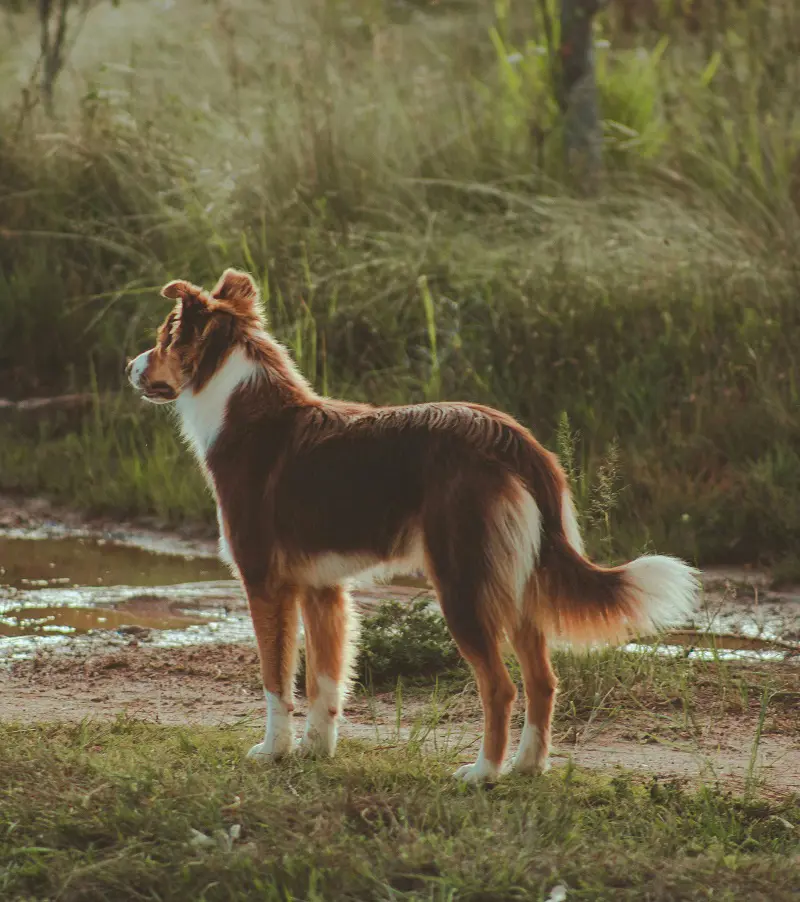
Have you ever wondered why dogs have tails? Be it a thin, small one, or a long and fluffy one, it is present as an extra body part along with them. It not only makes them look good but also helps them in various ways.
Since every dog has one of them, they must have been there for a reason. The tail helps them to balance, mark territory, and even set their hierarchy. In this article, we will discuss why dogs have tails and how they help them.
1. Balance
A dog's tail plays an important role in helping them maintain their balance, especially when they are moving. It acts as a counterbalance during their movement. For example, if they are turning towards the right, you see their tail swing to the left, which helps them prevent them from tipping.
It also helps their body to be stabilized allowing for a smoother and controlled movement. It also helps them to balance on uneven lands, be it a hill, rock, or narrow path. While jumping, they help them to control their body in the air and make them land safely.
The dog's ability to move efficiently and safely largely depends on their natural counterbalancing body part, their tail.
2. Steering
It can also act as a steering for them and help to change their directions during activities that need quick change. When they are running or chasing, it helps them to control and balance their body. By moving it to one side, they can shift their body weight in that direction leading to a smooth turn.
While jumping, they can change their body posture and angle with the help of it and will ensure safe landing. It also helps them to dodge something as they act faster than their other parts. It also helps them to navigate the direction in both air and water.
The role of steering will help them to have a controlled and swift movement. This ability is very important for being like them who are good at speed and hunting instinct.
3. Communication
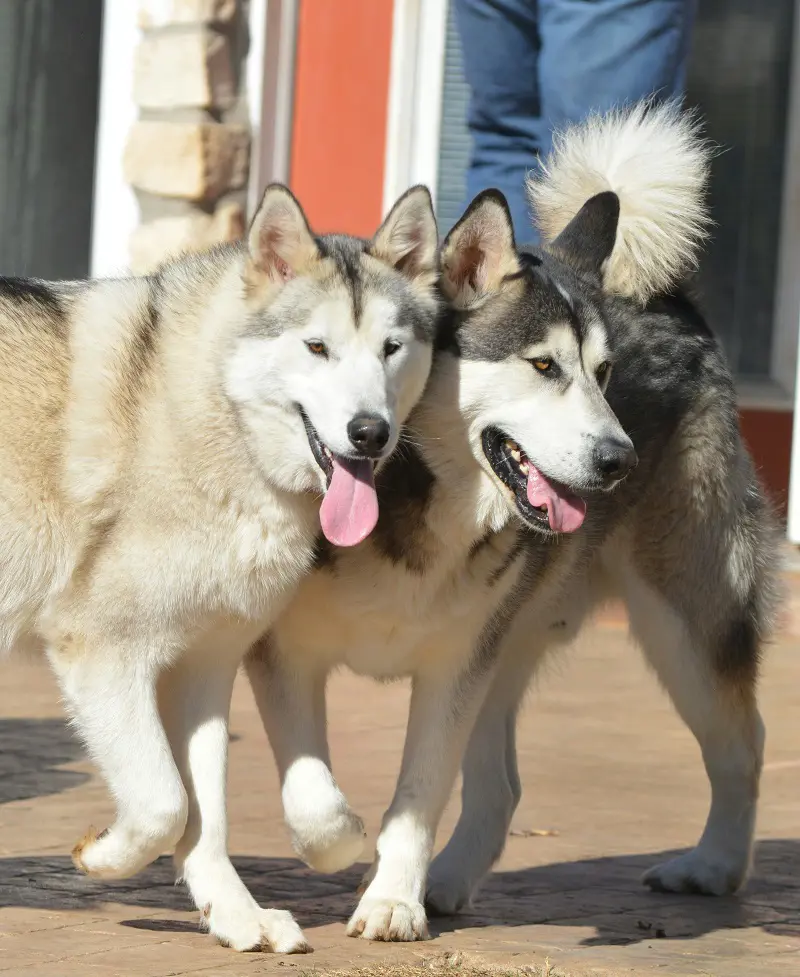
A dog's tail is a powerful tool and a body part to communicate with other animals. It helps them to express and convey a wide range of emotions and intentions to other dogs.
For example, when they are happy and excited, they like to wag their tail with full energy, which is also a way for them to greet their owners. When they are curious, they can hold their tail out straight and raise slightly, with slow movement.
Its movement also shows their confidence and dominant nature along with their emotional status. Its movement, position, and speed indicate different emotions within it, and try to convey those signals to other beings. Understanding it can help us to understand them better.
4. Social Signals
Another reason for them to have this extra body part is that it is also used to send social signals which helps them to express their emotions and intentions to other beings. These signals are also important to interact within their groups.
It helps them to prevent conflict and build strong bonds between their social group. It is also used to greet another dog, where their tails are held at a neutral position which indicates they are not a threat. It also helps them to classify their status, as the dominant will often hold it high.
They also used to invite other dogs to play with them, avoiding conflict and sometimes even signaling their aggressiveness or defensiveness. In a group, it also helps them to alert other members abouth the threat or something unusual.
5. Cooling Off
Normally the dogs cool themselves through panting, but their tail can also help them to cool down to some extent. It also helps them to regulate their body temperature by wagging and creating a slight breeze.
It helps to create the airflow when being wagged strongly. In some cases, it also helps them to evaporate the moisture from their skin if there is less dense fur near the tail area.
Sometimes, when they are feeling too hot, they will tuck their tails or lower them to explain to their owner that they are feeling hot and uncomfortable. Although it will not have a greater impact on cooling off, it still plays some role.
6. Marking Territory
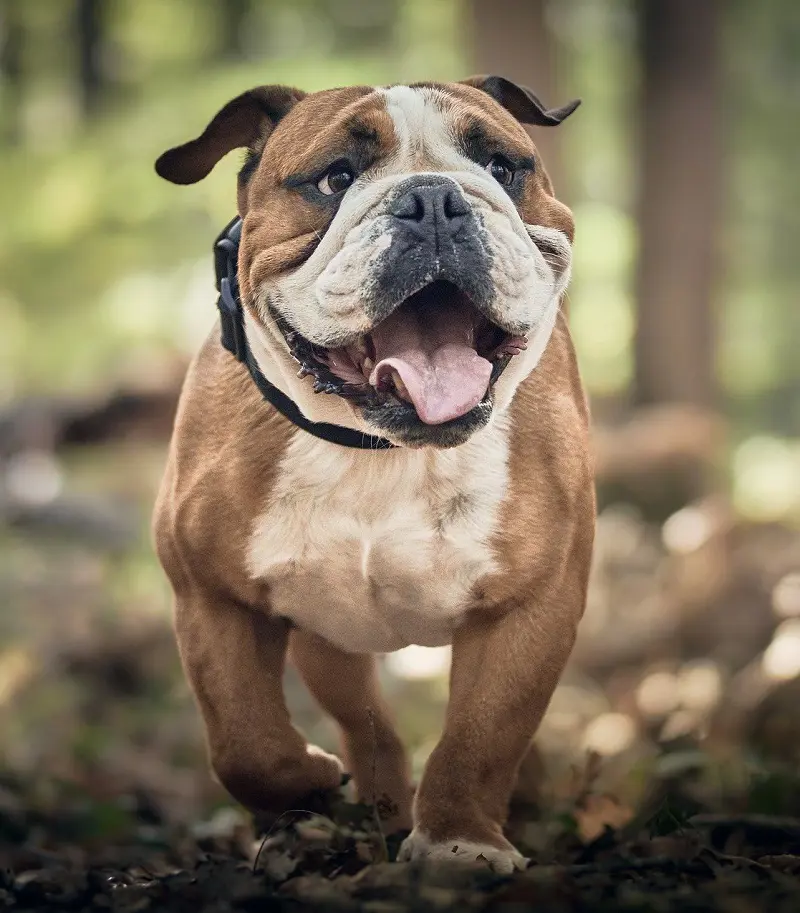
They have a unique way of marking their territory and tails also play an important role. They use it to spread the chemical that they use to mark their place as it can release the scent more effectively.
By doing so, they can also signal their presence to other dogs and help them to claim their ownership. This is important when they are new to the area. It can also help them to explain their social hierarchy and understand who is superior and who is inferior.
Marking their territories by wagging their tail throughout the way helps them to set their boundaries. It can also help them to have a shared group unity as they will have a mixture of scent in a large area, that represents a group.
7. Protection
It can also serve as a form of protection for them in various circumstances. It helps them to build sensitive areas and offer a physical barrier against potential dangers. When they feel frightened, they may tuck their tail between their legs.
In cold and harsh weather, it can also help them to cover their nose and faces while sleeping which will make them feel warm and protected. During conflicts, it also helps them to cover sensitive areas from bites and sometimes it can also help them to blend with the environment, especially if they are thick and bushy.
They can also help them to prevent injuries in narrow spaces and protect them during play. This can also be used as a tool for self-defense and can help others to warn others to back off. It can give them a sense of protection when they are feeling low or vulnerable.
8 Hunting
This body part can also play an important role in hunting especially when they are from a hunting background. It is used to signal the location of the prey for their human companion by holding it high and still.
It also helps them in signaling and guiding the other pack expressing where is the prey and where should they go. Some of them may even use it to stir up the ground to cover their scent so that the prey cannot notice them through their scent.
When they are in danger, it helps them to alert other hunters and is also used to point the prey or location. It can also mark its trail while going through deep and unfamiliar places while searching for its prey.
9. Warmth
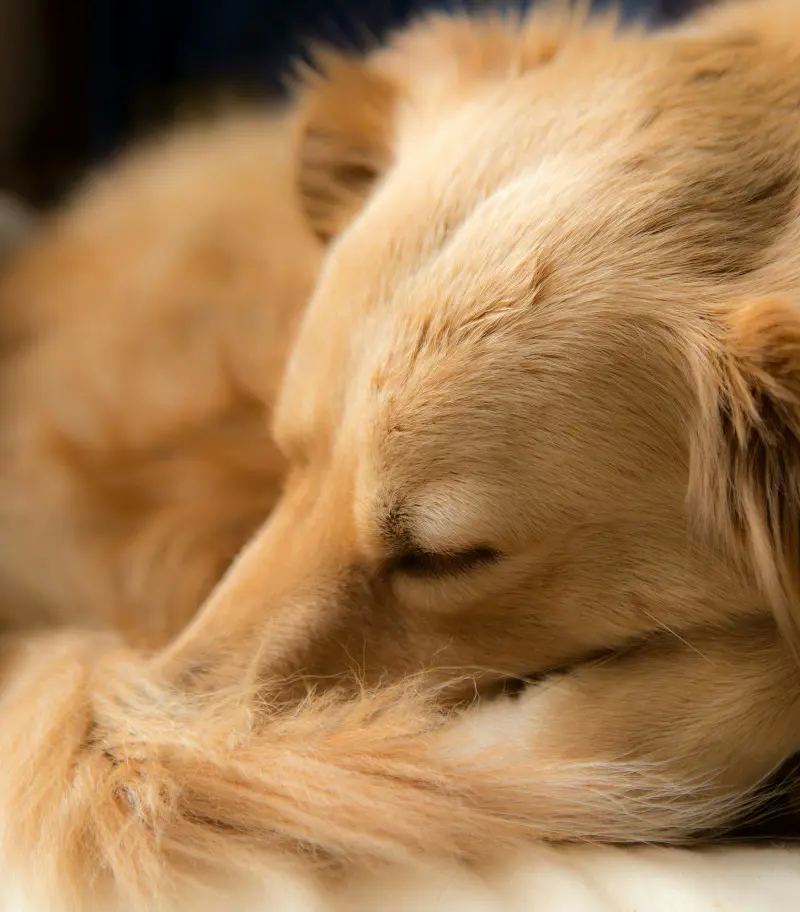
Tails also provide them warmth, especially to those with thick and bushy ones. It helps them to stay warm during the cold weather and sleep and sit comfortably.
When it's cold, they use it to curl up into a ball by tucking it around their bodies. This helps to reduce their exposed body surface to cold weather. They also use it to cover sensitive areas like the nose, mouth, face, and paws so that they will feel warm while sleeping.
For those with thick and bushy tails, it acts as another layer of protection to them when wrapped around their body. It can also prevent their body parts from being frostbitten. This method helps them to preserve their core temperature and protects them against wind as well.
10. Pest Control
They are often irritated and infected by the pests. This body part can be surprisingly useful to help them control the pest by warding off the insects and small pests from them.
This can be used to swat flies, mosquitoes, and other insects. They help to move it away from their sensitive areas and can also used to alert themselves, and can help them to brush off before they sit and bite them.
When they are bitten by the pests, then also they may be wagging their tail strongly to aware you of this uncomfortable behavior. It can still play an important role in helping them manage the insects and keep them away from their skin or fur.
11. Submission
Sometimes, when they are interacting with other dogs they can use it to express their submissiveness towards other dogs and try to explain that they are not a threat.
They can tuck their tails between their legs and express that they are feeling fearful. The submissive dogs often lie their tail low or to the ground to express they are not dominant and are trying to appear non-threatening.
This can be accompanied by slow, gentle wagging, lowered position, held to the side, Along with these, they can also apply licking lips, avoiding direct eye contact, and many more. This helps to maintain peace and order in their social status and hierarchy.
12. Swimming
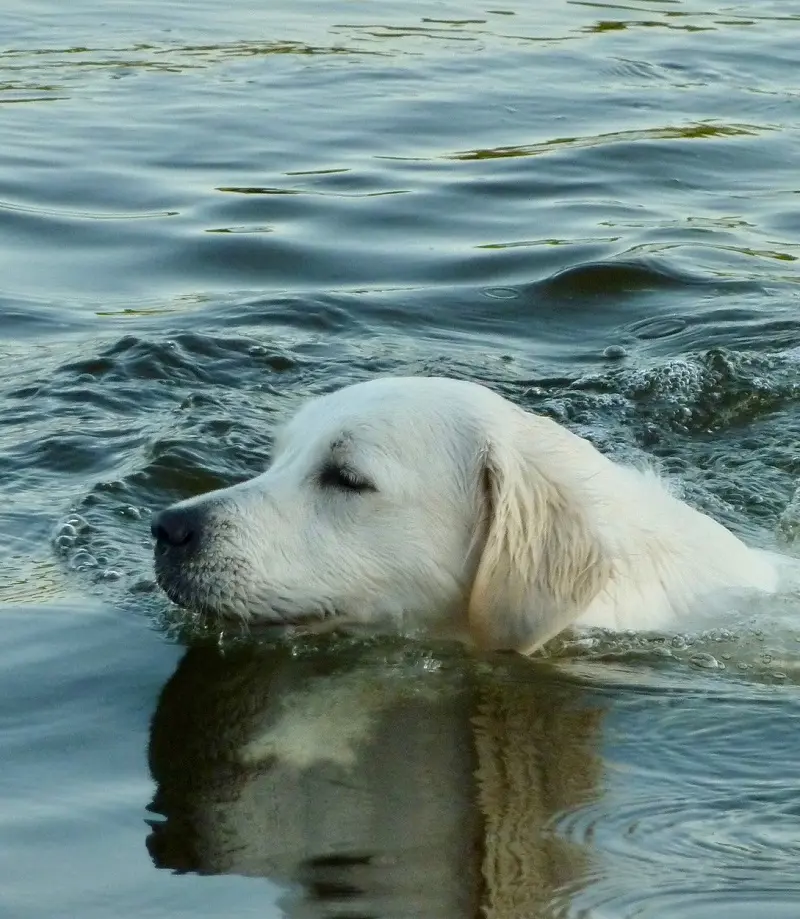
It plays an important role while swimming as it helps to divert the movement accordingly as it is a natural steering and also helps to maintain balance. It is used to adjust their position inside the water and makes them more easy to move.
While swimming, helps them to stabilize their body and help them to prevent it from being thrown off course in fast-flowing water. They also help the legs by providing additional thrust and pushing themselves through the water.
Just like in land, it helps them to talk under the water with other animals and humans. It also makes them feel more confident while swimming and navigating the flow of current inside the water. When reaching the shoreline, it helps them to move towards the edge.
13. Herding
Herding is the practice of looking after a group of livestock in a large area as they gaze around or are being taken somewhere else. This can also be one of the reasons for the existence of this body part.
It is an important tool for herding especially for the breeds which are from that background. It helps them to signal the livestock and express their thoughts with them. For example, if they raise or wag their tails it might used to signal them to move or go in a certain direction.
This helps them to control the movement of the animals, balance them, and put pressure on them making them look more dominating. It can also be used to calm them when they are feeling threatened or stressed. This also helps to signal other herding dogs and change the pace of their moving.
14. Agility
Agility can be known as the ability to move and react quickly. The tail itself can move lightly and smoothly and can help the dogs to have swift movement, maintain balance, and look and balance their jumps.
This can also the level of their speed and help to counterbalance their turns or runs. If it is well coordinated, it helps them to maintain a good running posture and helps them to enhance their speed. Sharp turns, mid-air adjustments, balanced jumps, etc are the result of this part.
It also gives them confidence in movement and reduces the frequent need for correction of their path and balance. It is an important tool for their agility sports which makes them different from others and helps in showing their top performance.
15. Play
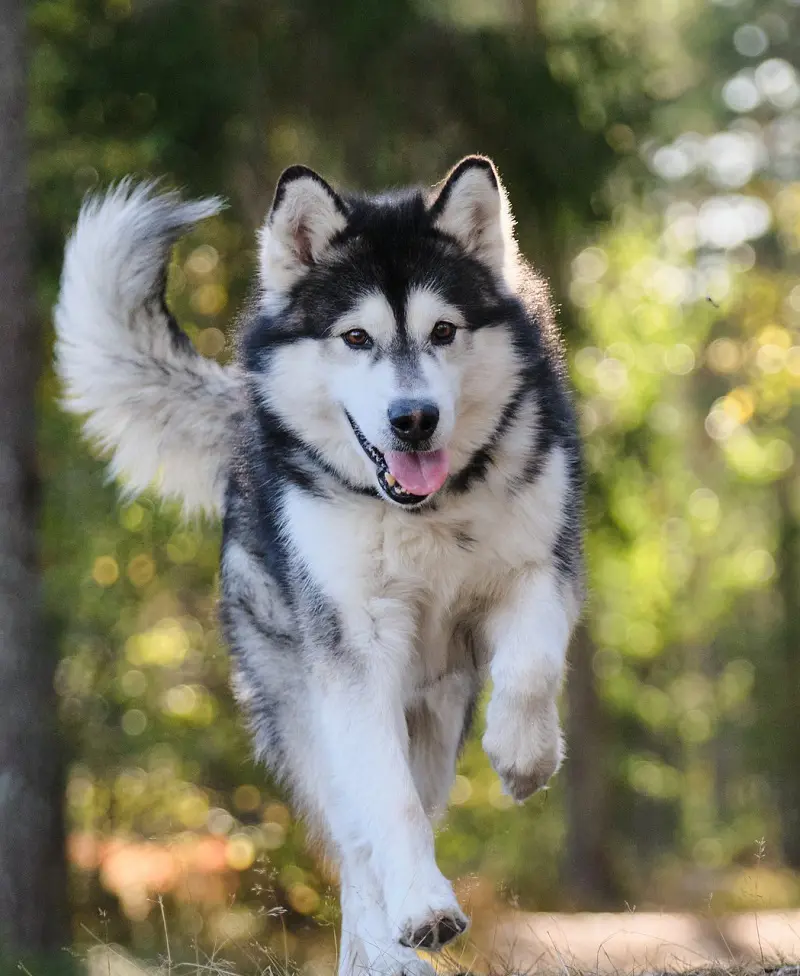
Being a playful and curious being, they like to explore new things and objects. Their tails play an important role in their enjoyment and interactions. They can wag it to ask other companions to join them for the game.
This also indicates their excitement and enthusiasm along with their willingness to interact with other animals. They often like to play with it when they are bored and don't have other things to play with. They chase after it and tires to catch and bite it.
They can also use it to play and engage other dogs encouraging them to join them in the fun which enhances their social bonding and enjoyment. This also helps them to give and receive signals while playing, like: they may use it to pause or shift the game, making it easier for them to understand.
Top Lists
